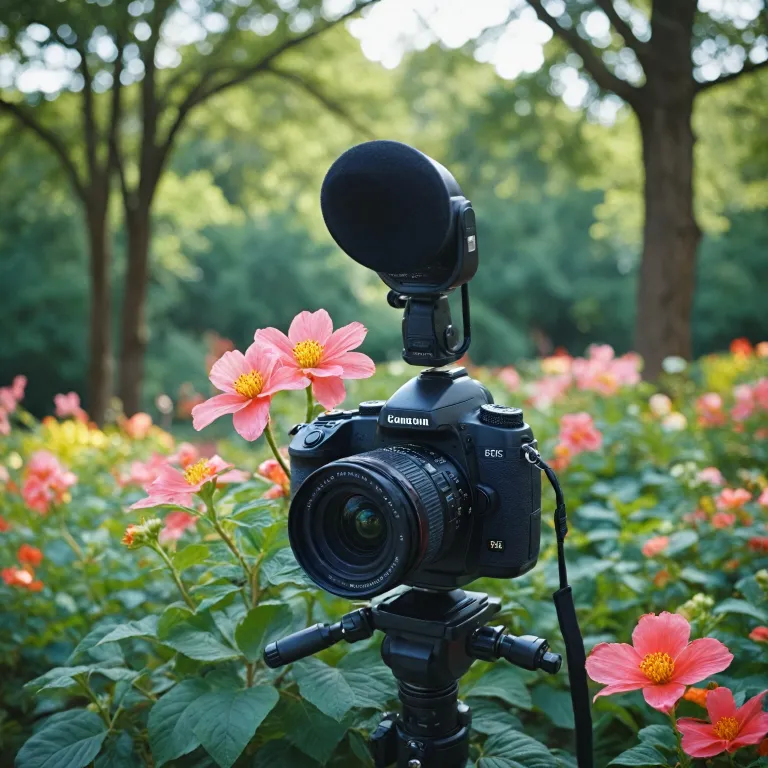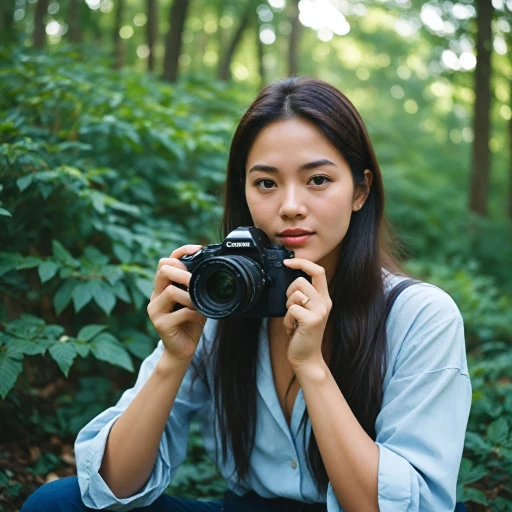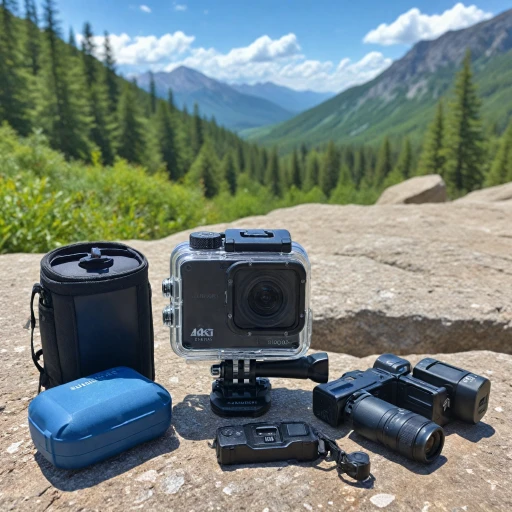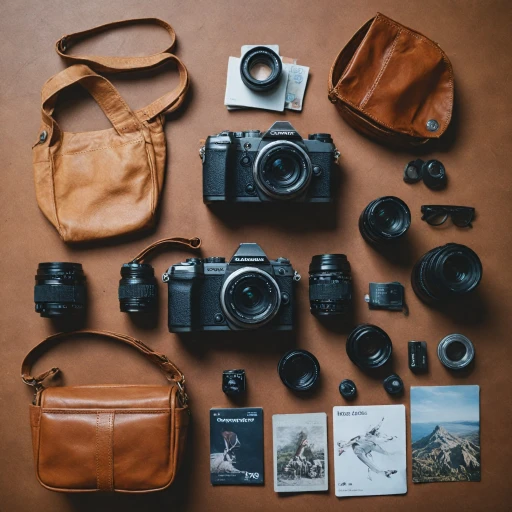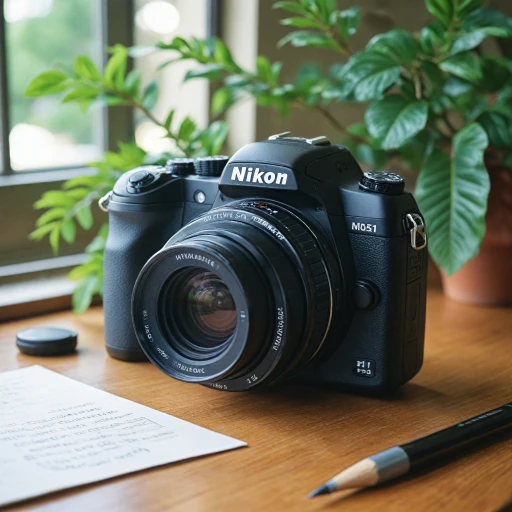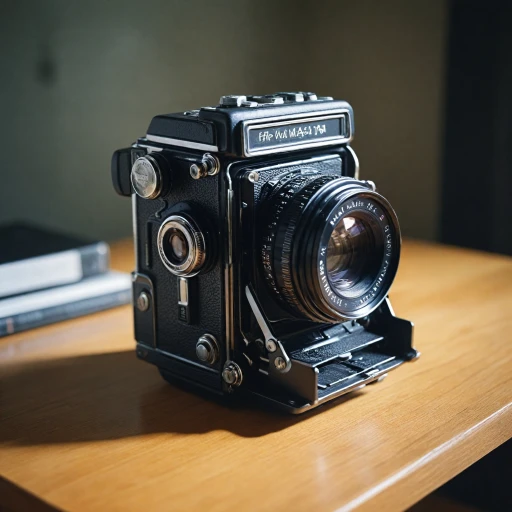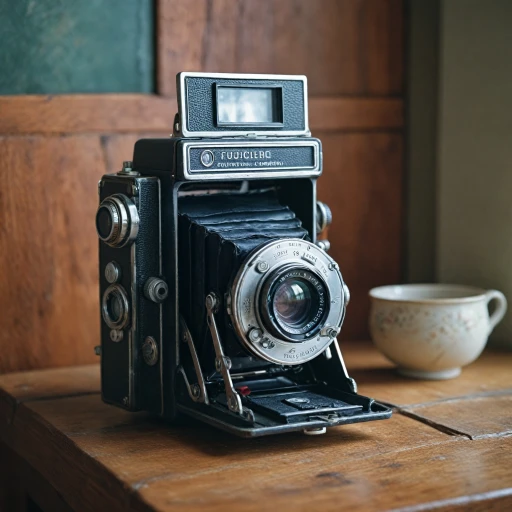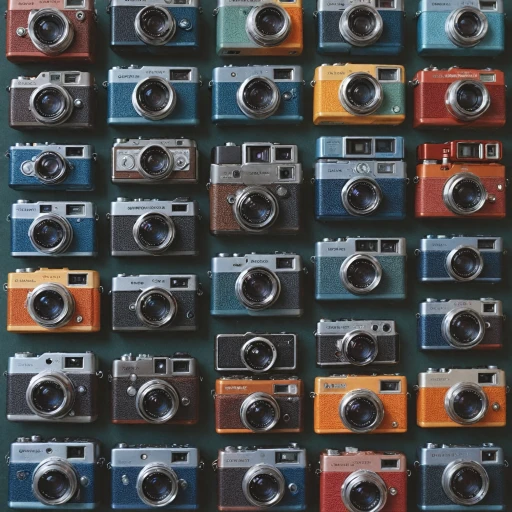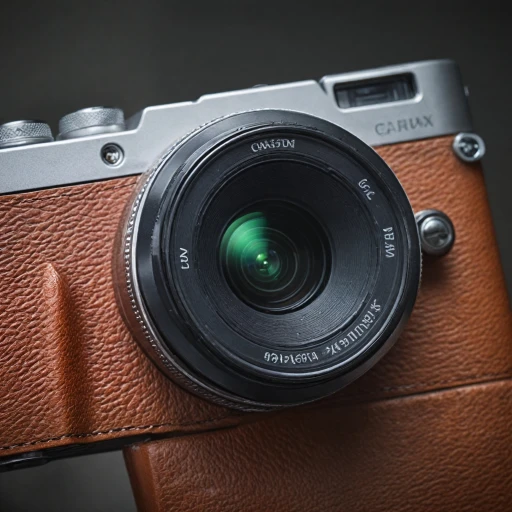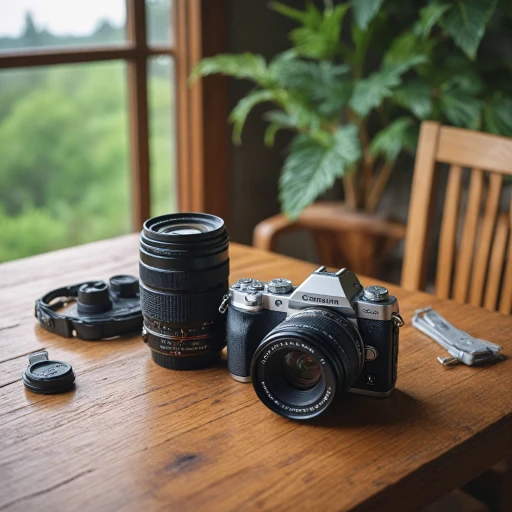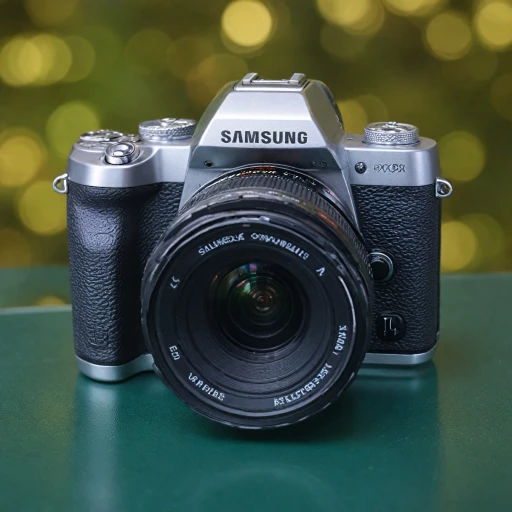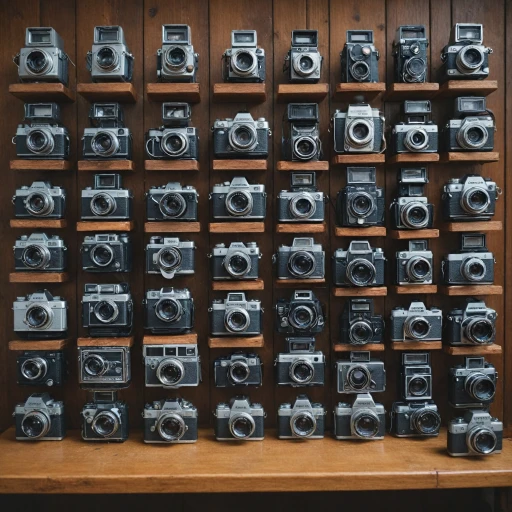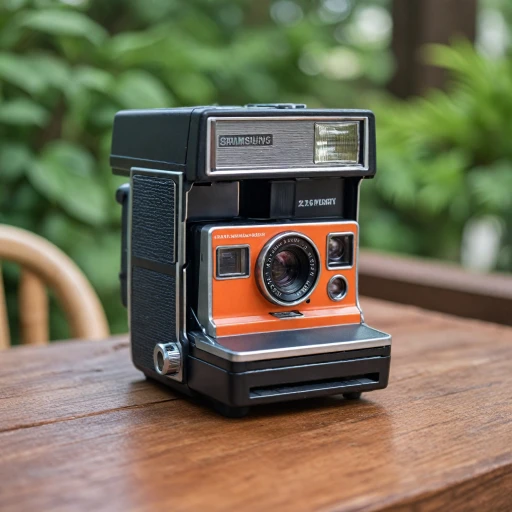
Understanding the Importance of Audio Quality
The Significance of Exceptional Audio in DSLR Video Production
Ensuring pristine audio quality in your DSLR video production cannot be overstated. While the quality of visuals remains a priority, the audience's perception is significantly influenced by the sound quality captured during filming. A well-chosen microphone enhances your DSLR camera's ability to capture sound with clarity and precision, providing a professional touch to your projects. Why should audio quality matter? Imagine watching a beautifully shot video marred by muffled or distorted sound. This not only distracts viewers but can also diminish the credibility of your work. Investing in a quality DSLR microphone facilitates an immersive experience, transforming simple recordings into engaging narratives. In the ever-evolving landscape of digital content creation, having the best equipment falls under one of the key pillars of professionalism. Opting for premium, yet affordable microphones like the wireless lavalier or shotgun mic can streamline your process, eliminating background noise and capturing dynamic soundscapes effortlessly. Whether it's a wireless microphone providing the flexibility of movement during shoots, or a shotgun microphone renowned for its targeted sound collection, selecting the appropriate type of mic plays a crucial role in achieving superior audio recording. For those interested in a broader overview of essential DSLR accessories, consider reading a comprehensive guide on medium format film cameras.Types of Microphones for DSLR Cameras
Diverse Options for Every Need
When it comes to enhancing your DSLR camera's audio, choosing the right microphone is crucial. There are several types of microphones specifically designed for DSLR cameras, each serving different purposes and providing unique advantages.Shotgun Microphones
Shotgun microphones are among the most popular choices for DSLR users. They are known for their directional polar pattern, which focuses on capturing sound from the direction the mic is pointed while minimizing background noise. These mics are ideal for vlogging, interviews, and event recording. Popular models like the Rode VideoMic are perfect examples of high-quality audio capture with shock mount features to reduce handling noise.Lavalier Microphones
Often referred to as "lav mics," lavalier microphones are compact, clip-on microphones ideal for use in interviews or situations where movement is involved. They offer discreet placement and a hands-free experience, enabling clear audio quality without hindering video performance. Wireless lavalier options provide greater freedom and can be effective in environments requiring mobility.Wireless Microphones
Wireless microphones, including wireless lavalier systems, offer freedom of movement without being tethered to the camera. These are perfect for videographers looking to capture audio over greater distances without losing quality. However, consider the battery life and ensure a reliable range in kHz to avoid dropouts during recording sessions.On-Camera Microphones
On-camera microphones are designed to mount directly onto your DSLR camera. These are simpler to set up and use, making them a popular choice for beginners and pro videographers alike. Some models feature advanced noise reduction and frequency range capabilities, ensuring high quality sound without intricate setup. For those looking to dive deeper into the types of microphones designed for cameras, exploring comprehensive guides could be highly beneficial. It ensures you make an informed choice tailored to your specific recording needs, be it for price, quality, or professional usage. With this guide, you can ensure your DSLR camera not only delivers stunning visuals but immaculate audio as well.Key Features to Consider When Choosing a Microphone
Crucial Considerations for Selecting a Microphone
When enhancing your DSLR camera's audio capabilities, selecting the right microphone is key. Your choice will depend on various factors that impact the final audio output quality, ensuring your video recordings meet professional standards. Understanding these key features can guide your decision-making process effectively.
- Polar Pattern: One of the first things to look for in a microphone is its polar pattern. This defines how it picks up sound from different directions. Shotgun microphones, for instance, are ideal for focusing on a subject directly in front of the lens, minimizing background noise.
- Frequency Range: Consider the microphone's frequency range in kHz, as it influences the clarity and richness of the captured audio. A broader range often equates to better audio fidelity, capturing more nuances in the sound.
- Wireless Options: If you're looking for flexibility, a wireless microphone or wireless lavalier might be best. These provide freedom of movement and are particularly useful when filming at a distance from the camera.
- Battery Life: Always factor in the battery life, especially for wireless mics or those with active components like shock mounts. Long battery life ensures uninterrupted recording sessions, which is critical for lengthy shoots.
- Noise Reduction: Built-in noise reduction technology can enhance audio quality by minimizing ambient noise, a valuable feature for recording in unpredictable environments.
Brand reputation also plays a significant role when choosing a microphone. Brands like Rode are renowned for their quality and reliability, offering models such as the Rode VideoMic that cater to various needs. Considering different types and key features ensures that the best external mic for your DSLR camera is both compatible and effective for your specific recording scenarios.
Top Microphone Brands for DSLR Cameras
Choosing the Right Microphone Brand for Perfection
When venturing into the world of recording audio with your DSLR camera, selecting a microphone from a reputable brand proves invaluable. Not only does it ensure superior sound quality, but it also guarantees reliability and durability. As you explore the offerings, several top brands stand out in the realm of dslr microphones.
One prominent name is Rode, renowned for producing a diverse array of high-quality microphones that cater to both amateurs and professionals. Their Rode VideoMic series is immensely popular due to its impressive performance and versatility. For those interested in a shock mount design and excellent noise reduction, the Rode shotgun mic options are worth considering.
Another noteworthy brand is Sennheiser, which offers an extensive selection of wireless microphones and lavalier mics. Their products often feature a wide frequency range and robust battery life, making them ideal for long shooting sessions.
Audio-Technica also deserves attention, especially their pro series. Known for providing exceptional audio and durability, these microphones cater to a range of budgets without compromising on sound quality.
Let's not forget Shure, a legacy brand in the mic industry. Their wired and wireless solutions maintain a delicate balance between price and performance, appealing to photographers who prioritize both quality and cost-effectiveness in their recording gear.
Incorporating the right microphone brand ensures impeccable audio recordings. By matching your specific needs with the strengths of these brands, you pave the way for a seamless and professional DSLR recording experience. Always consider the specifics like polar pattern, range khz, and featured technologies that match your video projects to optimize your audio setup.
Tips for Using Microphones with DSLR Cameras
Maximizing Your Microphone Setup for Better Recordings
When it comes to using microphones with your DSLR camera, understanding how to get the best out of your audio setup is crucial. Here are some practical tips to help you elevate your recordings and ensure superior sound quality:- Choose the Right Polar Pattern: The polar pattern of your microphone can significantly affect your audio quality. For instance, a shotgun microphone is ideal for isolating sound from a specific direction, reducing ambient noise. In contrast, a wireless lavalier mic is perfect for capturing voice without the mic being visible.
- Consider Distance and Placement: The microphone's position relative to the audio source matters greatly. A shotgun mic mounted on your DSLR camera offers directionality, but remember to use a shock mount to minimize camera handling noise. A lavalier microphone, clipped onto the speaker, provides proximity that enhances vocal clarity.
- Focus on Battery Management: Keep an eye on your microphone's battery life, especially when recording extended video sessions. Whether using a wireless microphone or a battery-powered mini shotgun mic, having spare batteries on hand is always a pro move.
- Utilize Noise Reduction Features: Many modern microphones come with built-in noise cancellation or reduction capabilities. These features can drastically improve the audio quality, especially in environments with background noise.
- Leverage External Recording Devices: If you want the best possible audio, consider connecting your mic to an external audio recorder for enhanced sound control and higher quality. This setup often provides a wider frequency range and superior audio fidelity.
Troubleshooting Common Audio Issues
Identifying and Resolving Audio Hiccups
Even with the best microphones for your DSLR camera, you might encounter some common audio issues. Here's a guide to help you troubleshoot and enhance your recording quality.
Check Your Connections
Ensure that all connections between your microphone and camera are secure. Loose connections can lead to poor audio quality or no sound at all. If you're using a wireless microphone, verify that both the transmitter and receiver are properly paired.
Monitor Battery Life
Low battery life can affect the performance of your mic. Always check the battery levels before starting a shoot. Consider carrying spare batteries, especially for wireless microphones and those with built-in power sources.
Addressing Background Noise
Background noise can be a major issue, especially in outdoor settings. Utilize the noise reduction features available in some microphones, or consider using a shotgun mic with a shock mount to minimize unwanted sounds.
Adjusting Frequency Range
Ensure your microphone's frequency range is set correctly. Some DSLR microphones allow you to adjust the range khz to better capture specific sounds. This can be crucial for capturing high-quality audio in different environments.
Testing Polar Patterns
Different polar patterns can affect how sound is captured. Experiment with different settings to find the one that best suits your recording environment. For instance, a shotgun microphone might be ideal for isolating sound in a busy area.
Consulting Professional Resources
If issues persist, consider consulting professional resources or forums dedicated to DSLR cameras and audio recording. Engaging with a community of enthusiasts can provide valuable insights and solutions.
